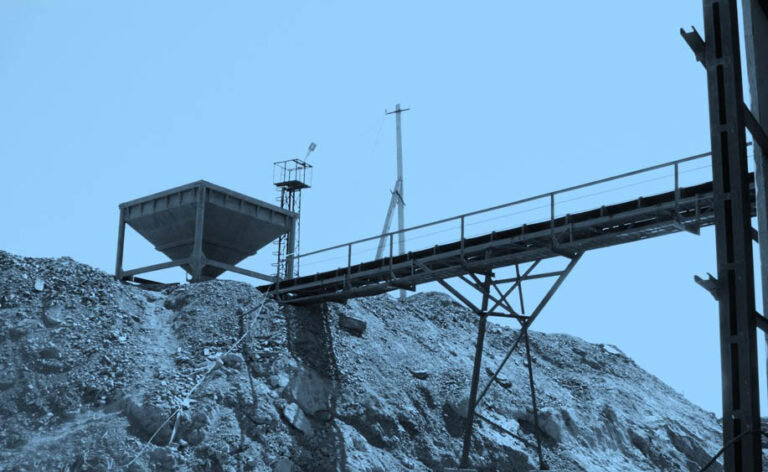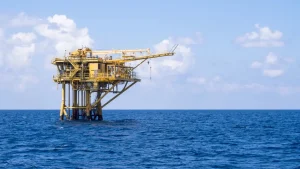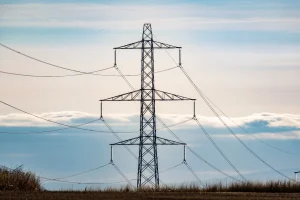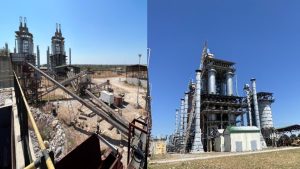The cost of energy storage has long dictated the pace at which new technologies move from laboratory promise to industrial scale.
Recent developments in China show that vanadium flow batteries can now be produced and deployed at less than 2 RMB per watt hour, a level that was once viewed as a distant target. That breakthrough is highly practical, because it signals that the technology can compete on commercial terms with other storage options.
The advantages of vanadium flow systems are well established. Unlike lithium-ion, they store energy in liquid electrolytes that circulate through cell stacks, meaning energy capacity and power output can be scaled independently. This design offers long lifespans, minimal degradation, and a far lower risk of overheating or fire. These traits make them particularly suitable for large stationary storage, where durability and safety often matter more than raw energy density.
Vanadium itself sits at the centre of this story. It is an established material in steel production, prized for its strengthening qualities, but its role in energy storage is steadily expanding. As more governments and utilities look for long-duration storage to stabilise renewable power, demand for vanadium is set to rise beyond its traditional industrial base.
Ferro-Alloy Resources Ltd (LON:FAR) is developing the giant Balasausqandiq vanadium deposit in Kyzylordinskaya oblast of southern Kazakhstan. The ore at this deposit is unlike that of nearly all other primary vanadium deposits and is capable of being treated by a much lower cost process.












































